Panchayat Season 3, No matter how engaging or captivating a show might be, maintaining the same charm—particularly the uproarious comedy—for a third season can be challenging. To some extent, Panchayat Season 3 both succeeds and falters in keeping the charm alive. Following the somber events that concluded Season 2, it was expected that the new season would adopt a more serious tone compared to its predecessors.
Spoiler warning for season 2: The last episode ended with council member Prahlad (Faisal Khan) grappling with his son’s death. Viewers were deeply moved by his performance, with his palpable grief resonating through the screen.
In Season 3, Khan’s grief becomes a central force for his character, making it harder for him to overlook the frivolity with which the powerful carry on with their lives. The ‘teddy bear’ persona, as many have called it, is overshadowed by the sheer magnitude of his grief. From turning to the bottle to refusing to go home (the ‘khaali ghar kaatne ko daudta hai’ remains unsaid until necessary), Prahlad is no longer the man he was in the first two seasons.
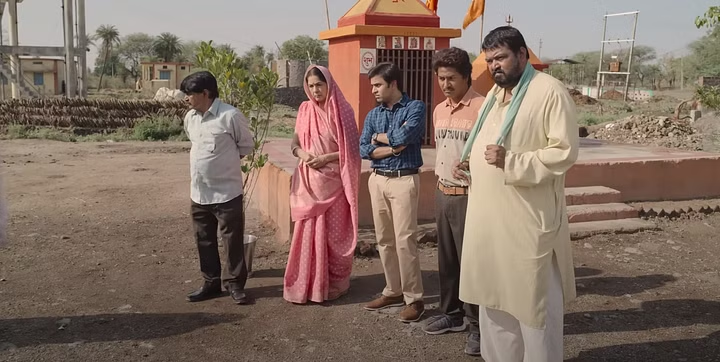
Prahlad’s scenes also highlight the best aspect of Panchayat—the sense of community in the quiet village of Phulera. While Prahlad deals with his grief, Vikas and Dubey’s families come together to care for him, ensuring every meal is taken care of. Prahlad becomes a part of conversations even when he isn’t present, much like a family member.
Best Business Ideas for Students in 2024
When the ‘dulha’ from earlier shows up, Vikas calls him ‘gaon ka damaad’. When someone faces a health issue, everyone rushes to help. These moments epitomize the essence of Panchayat and have always been its strength.

This might be why the show’s attempts to expand its scope can feel jarring. The season begins in a city instead of Phulera, which feels off. It isn’t until we see Vikas ride by on his bike or Bhushan (Durgesh Kumar) and Vinod conspiring at the tea stall that it truly feels like Panchayat.
Panchayat Season 3
The show isn’t as uproariously funny as Season 2 (my personal favorite), possibly because we don’t see enough of Neena Gupta and Sunita Rajwar’s characters’ enmity. Season 2 had set the stage for a mental chess match between them, but Season 3 doesn’t fully deliver on that promise. Yet, there are moments when the humor lands.
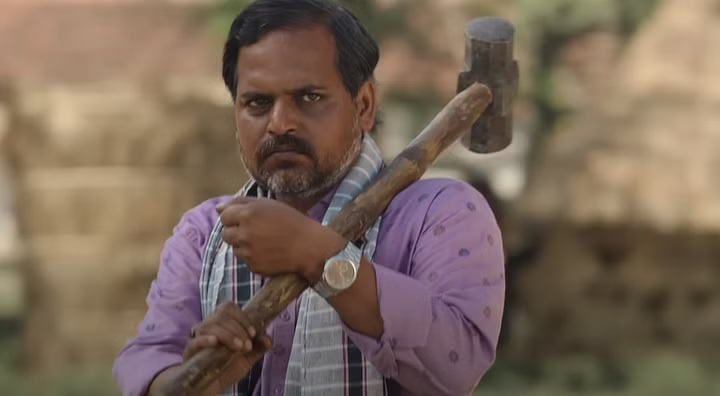
Panchayat has mostly perfected the art of creating natural set pieces, making it seem like the actors are simply following cues and doing what they wish. For instance, Vikas teaches a man, Bam Bahadur, self-defense by essentially dancing around his attacks, and a fight breaks out outside a hospital with men unequipped for the squabble doing just that. For a camera byte to a journalist, the village stands united behind the speaker, but once the initial enthusiasm fades, you can see the awkwardness seep in.
Panchayat Season 3
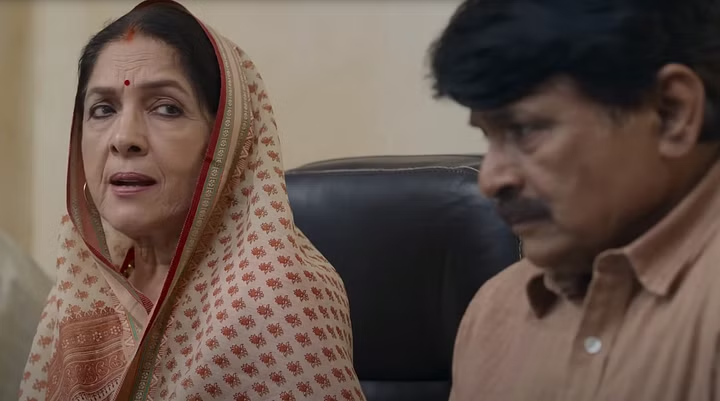
These excellent actors have developed a camaraderie that makes their characters’ relationships believable. Much has been said about how well each actor embodies their character, so there’s no need to repeat it. However, Vikas (Chandan Roy) remains one of my favorites, second only to Manju Devi and Kranti Devi.
Manju Devi’s growth stands out. Initially, she was just the proxy through which council leader Dubey kept his position, but it always felt like she was the more natural leader. This season, that potential is more realized. As Dubey’s flaws—including a bias exposed by a housing scheme—are revealed, Manju Devi steps forward. This makes it even more disappointing that we don’t see more of the power struggle between her and Kranti Devi.
Panchayat Season 3
Instead, Bhushan, in his thirst for power, turns to the loathsome MLA Chandrakishore (Pankaj Jha), whose motives are purely selfish. As egos clash, Chandrakishore decides to ‘destroy’ Phulera because he can’t break their spirit. Should someone responsible for governance resort to violence so easily? The commentary, while not scathing, is welcome.
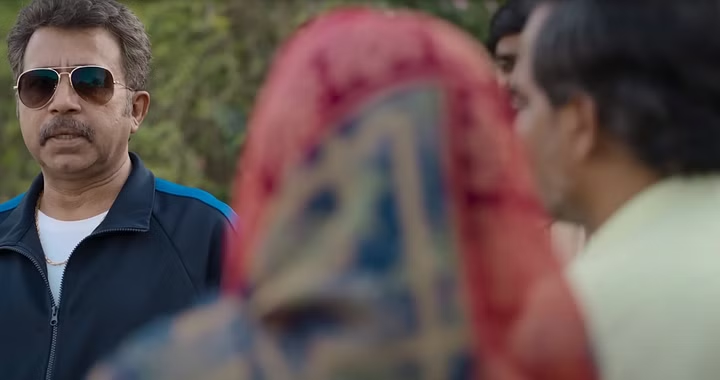
However, there is a tonal confusion in the season’s second half. The MLA poses a real danger to the village, representing the common man’s fight against those in power. While it is possible to address this in a comic manner, Panchayat doesn’t always manage that balance. The MLA is supposed to feel out-of-place in the tranquility of Phulera, but the background score doesn’t always help. Yes, Panchayat is meant to be light-hearted, but it showed in the second season that it also understands the darker aspects of human life. The switch was executed better then.
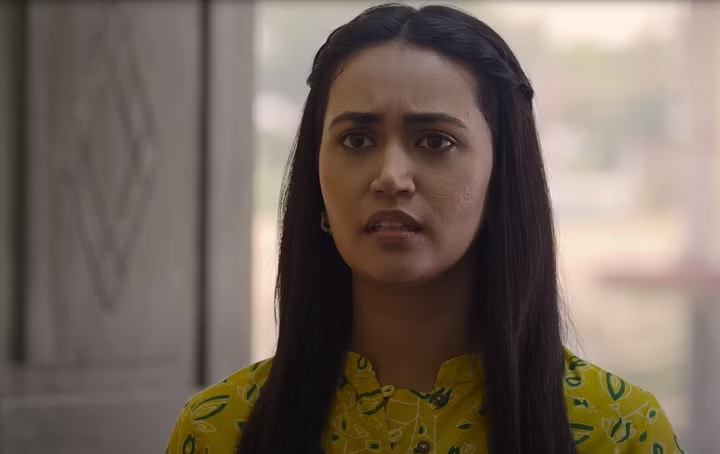
There’s also romance on the horizon. Abhishek (Jitendra Kumar) and Rinku (Sanvikaa) awkwardly navigate the early stages of a relationship. Unlike many shows where romantic arcs feel unplanned and detract from the story, here, their scenes provide a breath of fresh air amidst the chaos.
For viewers, it’s still easy to enter Phulera and remember why we care about its people and places. The set design remains comforting and nostalgic, making every part of Phulera village feel familiar. When someone speaks of an off-camera location, you know exactly what they’re talking about. The simplistic camerawork adds to the show’s rustic charm.
However, Panchayat’s flaws are still evident—the misplaced background music, tonal confusion, and the lack of exploration into issues like caste, class, and gender. While the latter is explored more than the former, it remains an undercurrent. How does the council leader’s bias affect the people in Phulera?
While I understand why the story had to grow beyond Phulera, there’s still so much more to explore within the village. Even as the camera moves away, many stories and homes remain unexplored.
Panchayat Season 3 review imdb
panchayat season 3 review in hindi
panchayat season 3 review twitter
panchayat season 3 review indian express
panchayat season 3 review rediff
panchayat season 3 free download
panchayat season 3 download
panchayat season 3
download panchayat season 3
doenload panchayat season 3 free download
